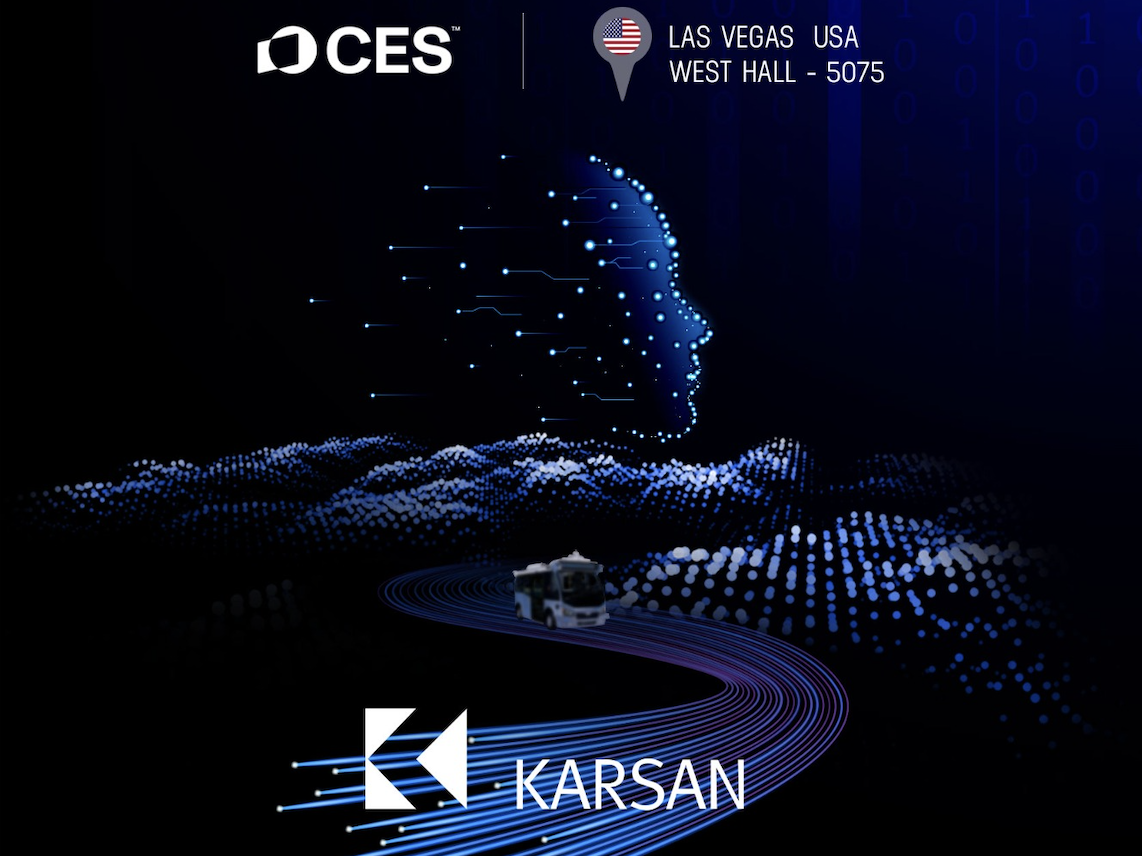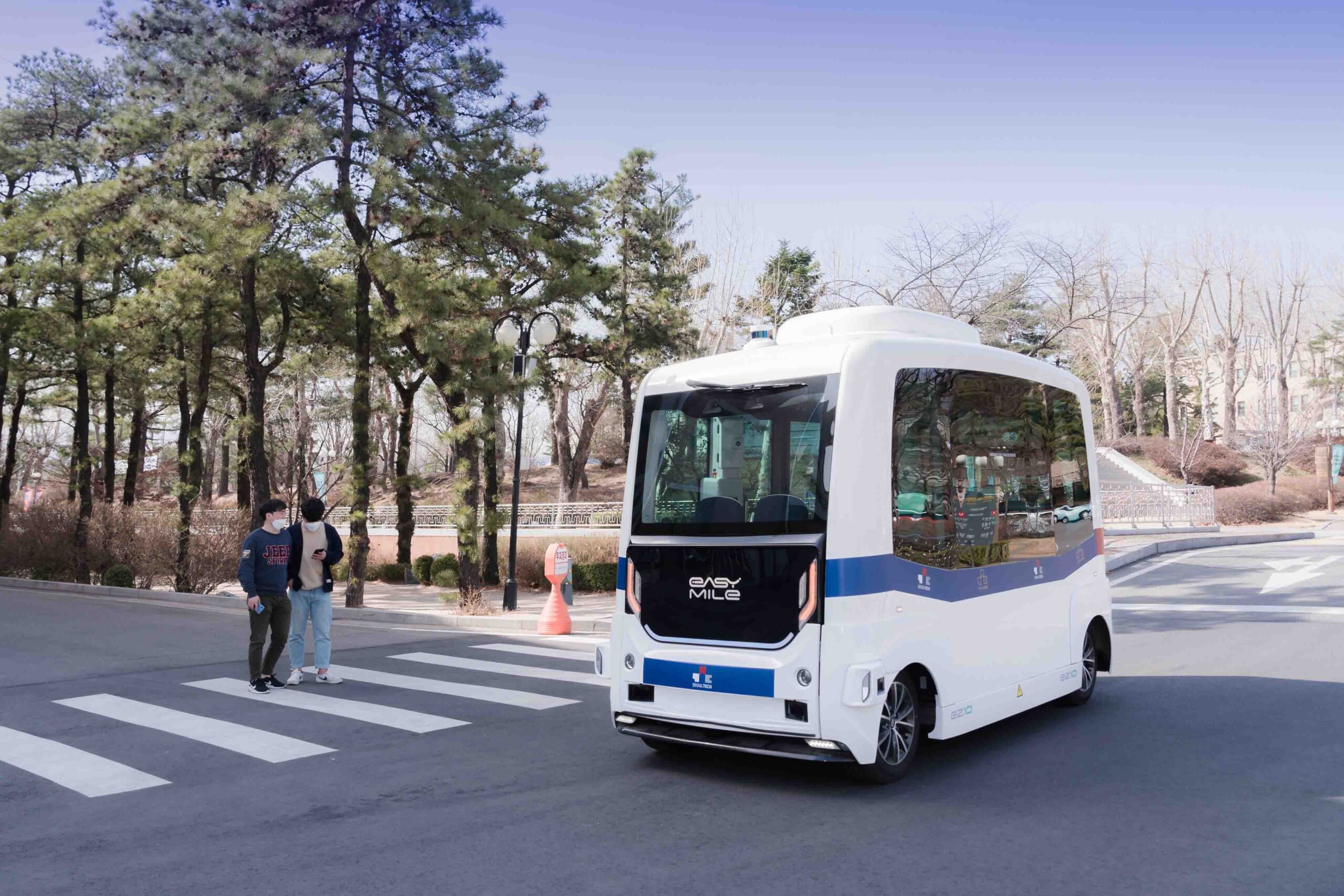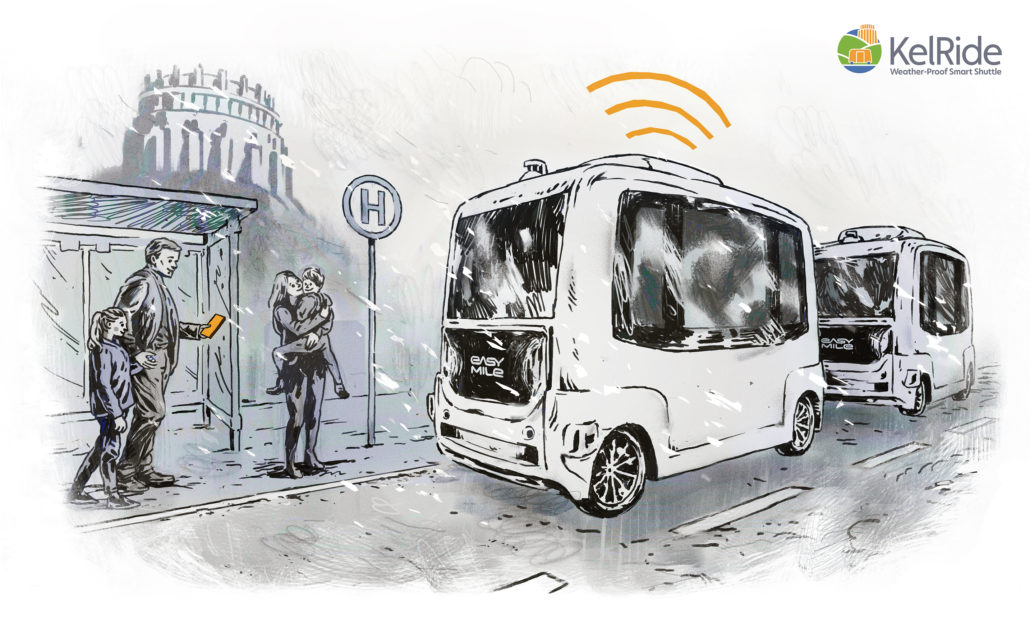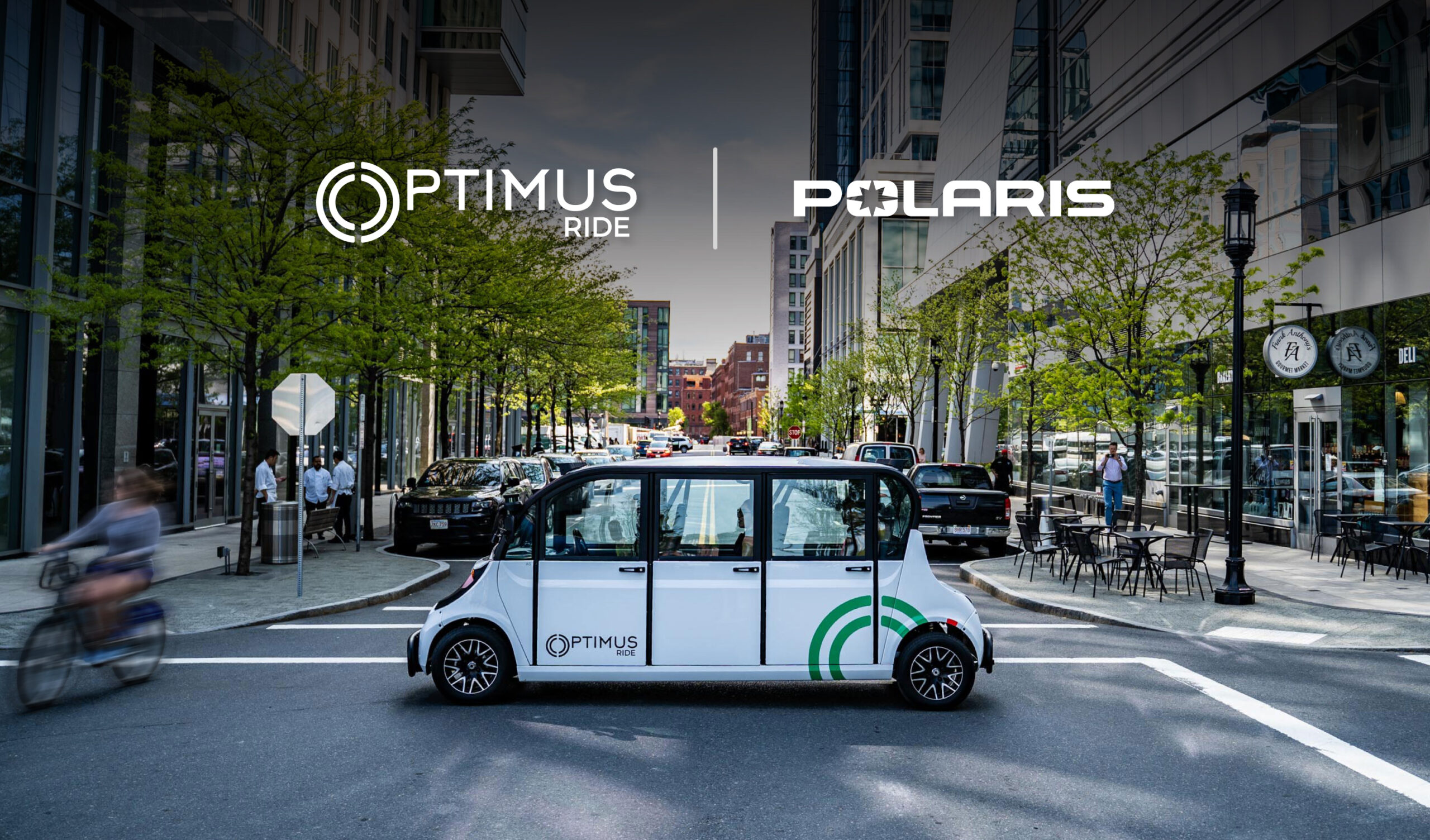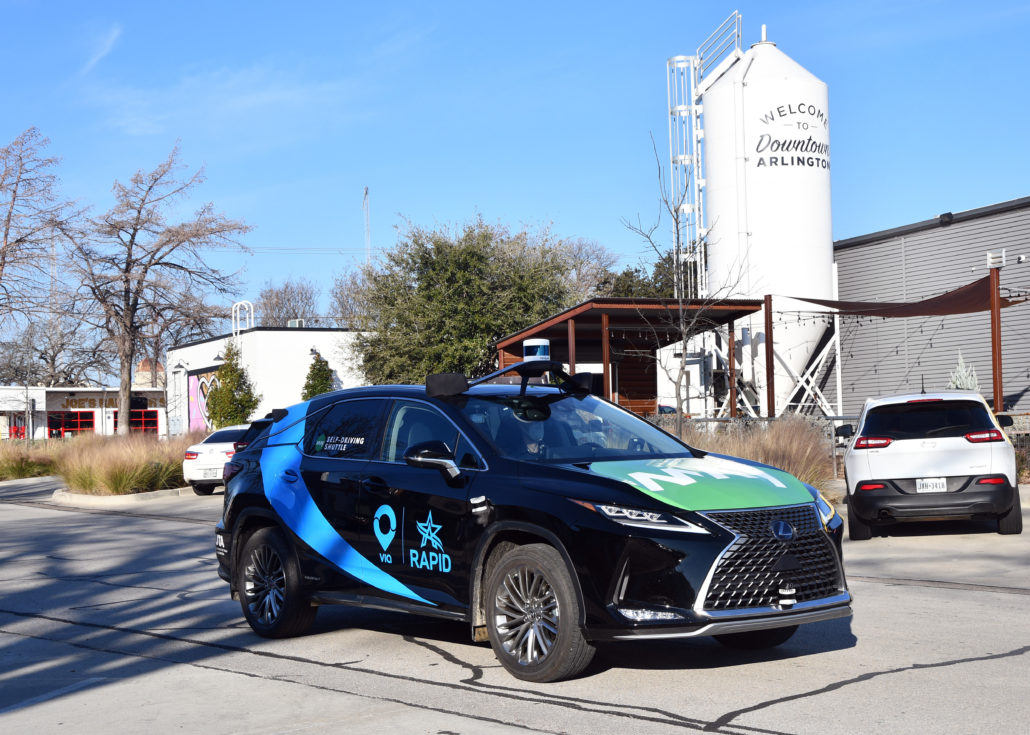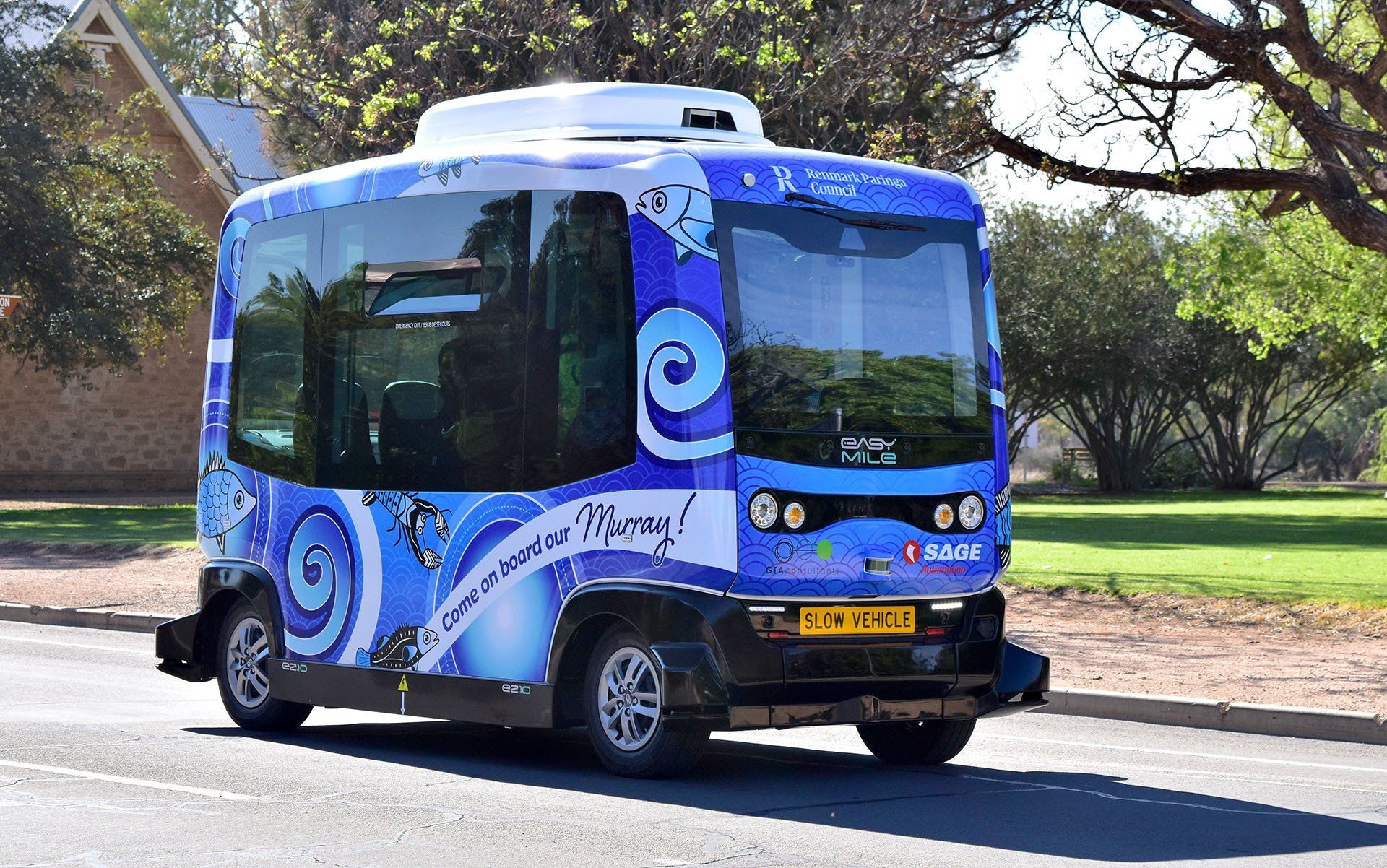Through Mcity Consortium, Honda and Verizon Test How 5G Enhances Safety for Connected and Autonomous Vehicles
- Honda and Verizon are working at Mcity to explore how Verizon 5G Ultra Wideband and 5G Mobile Edge Compute (MEC) can ensure fast, reliable communication between road infrastructure, vehicles and pedestrians
- The companies are testing how Honda SAFE SWARM™ using Verizon 5G Ultra Wideband and MEC can reduce the need for AI onboard each vehicle
- Initial tests include next-generation road-alerts to emergency vehicles, pedestrian crossings and red light runners
Through their partnership with the University of Michigan’s Mcity, a test bed for connected and autonomous vehicles, Honda and Verizon are teaming up to research how new connected safety technology using 5G and mobile edge computing (MEC) could ensure fast, reliable communication between road infrastructure, vehicles and pedestrians sharing the road, thus reducing collisions and saving lives. Super-fast, reliable and low-latency data transmission at the edge of the network is essential for connected vehicle safety. Verizon’s 5G and MEC platforms bring the power of the cloud closer to the vehicle, lowering latency, offering massive bandwidth, and improving communications and connectivity between drivers, other cars, traffic lights, pedestrians and emergency vehicles to improve threat detection and avoid accidents when seconds matter most.

Research group lead at Honda’s Advanced Technology Research Division, Ehsan Moradi Pari, Ph.D, said:Honda’s research collaboration with Verizon is an important step in our multi-year effort to develop connected vehicle safety technology to realize our vision for a collision-free society. While the research is preliminary and not intended as a product feature at this time, 5G-enabled vehicle communication and MEC have the potential to advance safety for everyone sharing the road.
Since 2017, Honda has been developing a technology to realize a collision-free society called SAFE SWARM™. Using Cellular Vehicle-to-Everything (C-V2X) communication, Honda SAFE SWARM™ enables vehicles to communicate with other road users and share key information such as location, speed, and vehicle sensor data. One limitation of this approach is the need to outfit each vehicle with onboard artificial intelligence (AI) capabilities. The use of 5G helps move the AI capabilities from the vehicle to the MEC, reducing the need for AI onboard each vehicle.
Vice president of Technology Development and 5G Labs at Verizon, Sanyogita Shamsunder, said:The ability to move computing power to the edge of our 5G network is an essential building block for autonomous and connected vehicles, helping cars to communicate with each other in near real-time and with sensors and cameras installed in streets and traffic lights. When you consider that roughly 42,000 peoplewere killed in car accidents last year and 94% of accidents are caused by human error, our new technologies including 5G and MEC can help drivers ‘see’ things before the human eye can register and react helping to prevent collisions and save lives.
Using Verizon’s 5G Ultra Wideband, MEC and V2X software platforms, Honda and Verizon explored three safety scenarios:
- Pedestrian Scenario: A pedestrian is crossing a street at an intersection. An approaching driver cannot see the pedestrian due to a building obstructing the view. Smart cameras mounted in the intersection relay information to MEC using the 5G network. Verizon’s MEC and V2X software platforms detect the pedestrian and vehicle and determine the precise location of road users assisted by Verizon’s Hyper Precise Location services. A visual warning message is then sent alerting the driver of the potential danger.
- Emergency Vehicle Warning Scenario: A driver cannot see an approaching emergency vehicle and cannot hear its siren due to the high volume of in-vehicle audio. Verizon’s MEC and V2X software receive a safety message from the emergency vehicle and send a warning message to nearby vehicles. The driver receives a visual warning.
- Red Light Runner Scenario: A vehicle fails to stop at a red light. Using data from the smart cameras, MEC and V2X software detect the vehicle and send a red-light-runner visual warning message to other vehicles approaching the intersection.
Each research scenario demonstrates the potential of 5G and MEC to communicate urgent safety messages between vehicles and infrastructure, reducing the need for complex computing onboard each connected vehicle. In the future, this connected vehicle technology could help ensure that autonomous vehicles will be able to communicate seamlessly.
This article was originally published by American Honda Motor Co., Inc.




